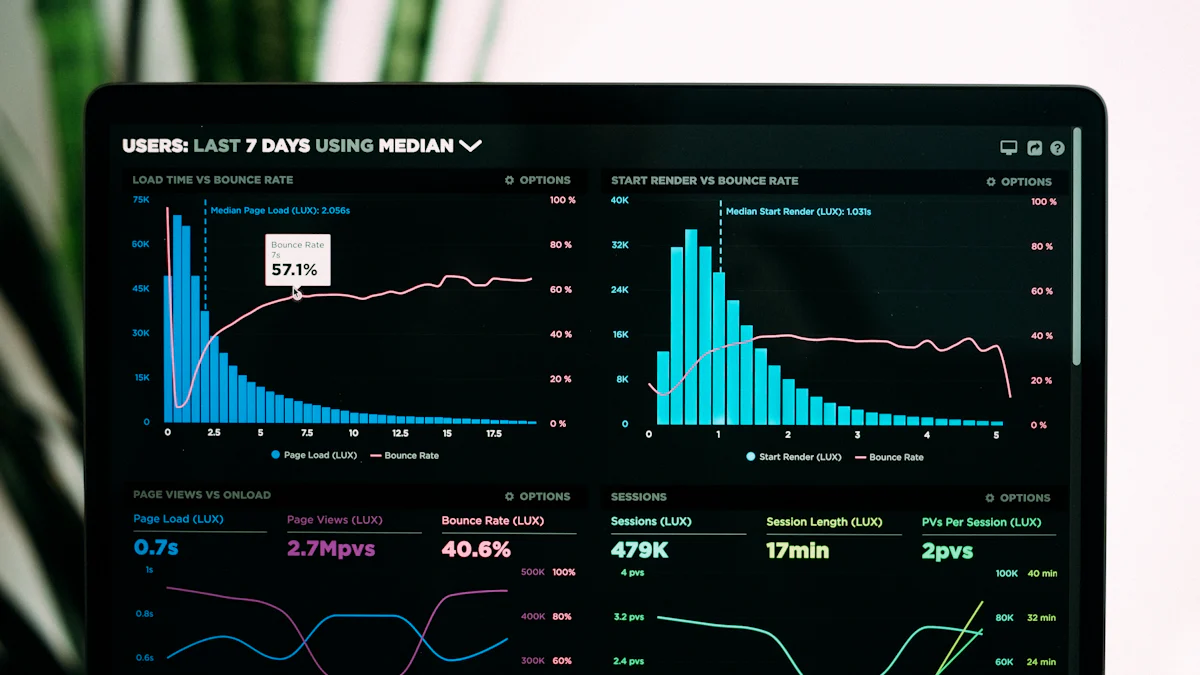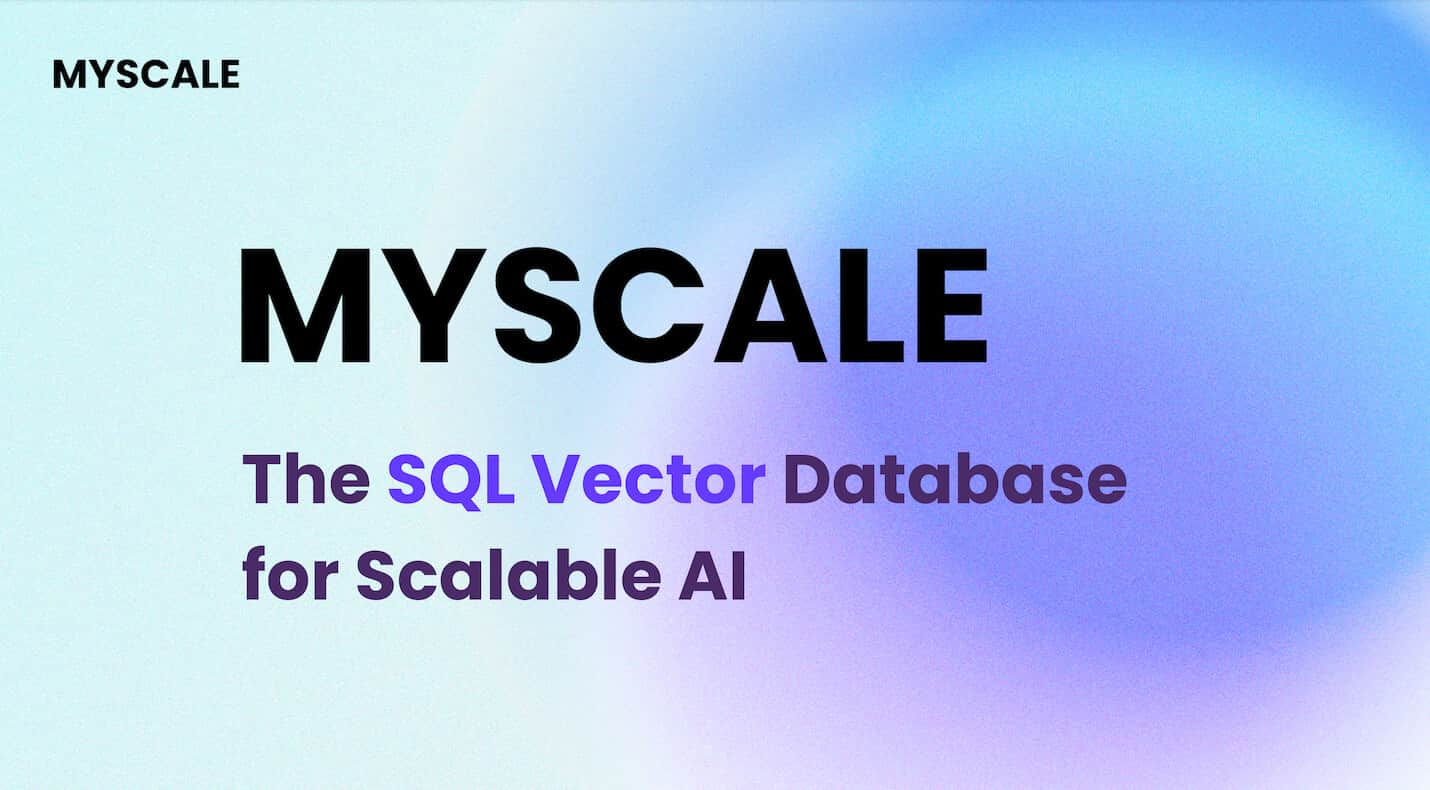
In the realm of machine learning, quantization plays a pivotal role in enhancing performance and power efficiency. By converting high-precision model parameters into low-precision representations (opens new window), quantization significantly reduces memory access costs and boosts computational efficiency. This technique, aimed at speeding up inference by representing weights with lower precision data, is crucial for achieving optimal efficiency without compromising accuracy. Today, we delve into the world of dynamic quantization and static quantization, exploring their unique attributes and impact on model efficiency.
# Dynamic Quantization
Dynamic Quantization involves converting weights and activations to int8 (opens new window) on the fly, resulting in faster compute. In PyTorch (opens new window), this process is supported with quantized tensors (opens new window), custom kernels, traceable and scriptable quantized models, and customizable mapping of tensors.
# Overview
Definition and purpose: Converting high-precision model parameters into low-precision representations during runtime.
Key features: Real-time calculation of quantization parameters for activations.
# Implementation in PyTorch
Eager Mode support (opens new window): Allows immediate quantization during operations.
Quantization parameters calculation: Dynamically computes scale and zero point for activations.
# Benefits and Use Cases
Efficiency improvements: Enhances computational efficiency by reducing memory access costs.
Suitable models and layers: Ideal for models with many Linear or Recurrent layers.
# Challenges
# Accuracy considerations
Model Precision: Ensuring accurate inference results post-quantization is crucial for maintaining model efficacy. Fine-tuning quantization parameters (opens new window) based on specific model requirements can mitigate accuracy loss.
Quantization-aware Training (opens new window): Implementing techniques like quantization-aware training can enhance model robustness by considering quantization effects during the training phase, leading to improved accuracy post-quantization.
Dynamic Adaptation: Dynamic quantization (opens new window) allows for adaptive precision adjustments during runtime, addressing accuracy challenges by dynamically optimizing quantized representations based on input data characteristics.
# Hardware support
INT8 Acceleration (opens new window): Leveraging hardware support for INT8 computations significantly boosts inference speed, making it 2 to 4 times faster compared to FP32 (opens new window) compute. This hardware acceleration enhances the efficiency of dynamic quantization in real-world deployment scenarios.
Optimized Libraries: Utilizing optimized libraries compatible with hardware accelerators ensures seamless integration of dynamic quantization techniques, maximizing performance gains and computational efficiency in production environments.
# Static Quantization
# Overview
Static quantization involves reducing the numerical precision of model parameters before inference, optimizing computational efficiency. By examining activation patterns (opens new window) on a representative data sample, static quantization strategically decreases memory footprint and enhances computational speed.
# Definition and purpose
Converting high-precision model parameters into low-precision representations pre-inference.
Key features include reduced memory access costs and improved computational efficiency.
# Implementation in PyTorch
PyTorch supports static quantization through Graph Mode (opens new window), enabling optimization of computational resources during model deployment. The calibration process (opens new window) fine-tunes quantization parameters based on activation patterns, ensuring efficient inference without compromising accuracy.
# Graph Mode support
Utilizes graph-based optimizations for enhanced efficiency.
Enables static quantization of models for deployment scenarios.
# Calibration process
Fine-tunes quantization parameters based on activation patterns.
Ensures optimal balance between memory footprint reduction and model accuracy.
# Benefits and Use Cases
Static quantization significantly reduces memory usage while maintaining model performance, making it ideal for resource-constrained environments. Models with predominantly linear or recurrent layers benefit most from the efficiency improvements offered by static quantization techniques.
# Challenges
# Accuracy considerations
Ensuring precise inference results post-quantization is paramount for maintaining model efficacy. Fine-tuning quantization parameters (opens new window) based on specific model requirements can mitigate accuracy loss effectively.
Implementing quantization-aware training techniques enhances model robustness by considering quantization effects during the training phase, leading to improved accuracy post-quantization.
Dynamic adaptation allows for precision adjustments during runtime, dynamically optimizing quantized representations based on input data characteristics to address accuracy challenges efficiently.
# Hardware support
Leveraging INT8 computations significantly boosts inference speed, making it 2 to 4 times faster compared to FP32 compute. This hardware acceleration enhances the efficiency of dynamic quantization in real-world deployment scenarios.
Utilizing optimized libraries compatible with hardware accelerators ensures seamless integration of dynamic quantization techniques, maximizing performance gains and computational efficiency in production environments.
# Comparative Analysis
# Performance
When performing quantization, both dynamic and static approaches exhibit distinct characteristics in terms of speed and efficiency. Post-training dynamic quantization in PyTorch involves converting weights and activations to int8 on the fly, leading to faster compute operations. This real-time variable scaling ensures stable accuracy even after quantization. On the other hand, post-training static quantization reduces model parameters from 32-bit floating numbers to 8-bit integers pre-inference, optimizing computational efficiency.
In terms of speed, dynamic quantization excels by dynamically calculating quantization parameters during runtime, offering immediate efficiency improvements. The computations are performed using efficient int8 matrix multiplication and convolution implementations, resulting in enhanced speed (opens new window) and reduced memory access costs. Conversely, static quantization strategically decreases memory footprint by examining activation patterns on a representative data sample before inference.
Regarding efficiency, both techniques aim to enhance computational performance through reduced numerical precision. While dynamic quantization focuses on real-time conversion for faster compute operations, static quantization prioritizes pre-inference optimization for improved computational speed.
# Memory Footprint
The impact of post-training model quantization on memory footprint varies between dynamic and static approaches. In the case of dynamic quantization, the activations are read and written to memory in floating-point format during computation. This process ensures efficient int8 matrix multiplication but may lead to increased memory usage compared to static quantization.
On the contrary, post-training static quantization significantly reduces memory access costs by converting high-precision model parameters into low-precision representations before inference. By supporting continuous quantization modules and avoiding redundant operations, static quantization optimizes memory usage (opens new window) while maintaining computational efficiency.
In summarizing the comparison between dynamic quantization and static quantization, it is evident that both techniques offer unique advantages in enhancing efficiency and accuracy during model inference tasks. While dynamic quantization excels in real-time conversion for immediate efficiency improvements, static quantization strategically optimizes memory usage pre-inference. The key takeaway lies in balancing computational performance with reduced memory footprint to achieve optimal model efficiency. Looking ahead, further research on dynamic adaptation strategies and hardware optimization will pave the way for more streamlined and efficient quantization techniques.



